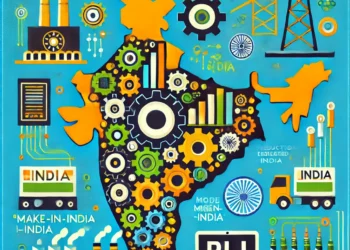On December 12th, 2016, I wrote a note titled “How GST Impacts Manufacturing of Mobile Phones in India“. The purpose of that note was to highlight the collapse of the existing incentive structure (designed to promote manufacturing of mobile phones in India) as soon as GST gets rolled out (now likely by 1st July 2017). The key reason for this outcome is that the current CVD (countervailing duty), which was used as a tool to increase the cost of imported mobile phones (vs those manufactured locally), will now get subsumed under the GST and therefore, can no longer be used for that purpose. My earlier note also explains the reasons for this outcome (see link above). This understanding was corroborated by the revenue secretary (ET article dated 3rd April 2017). Then on 26th April 2017, there was another article in the economic times indicating that “Government may slam custom duty on imported mobile phone“. This is significant, as, under the GST regime, the only way to increase the cost of imported mobile phones is by raising the basic customs duty (currently pegged at zero) since this category of tax is not part of the GST regime. Now, if raising the “basic customs duty” was an easy option, then why India waited so long to tinker with it? Why did it use a complicated CVD based scheme to promote manufacturing of mobile phones in India? The purpose of the current note is to tell that story.
India & ITA
India signed the ITA (Information Technology Agreement) on 25th March 1997. This agreement is an umbrella agreement under WTO, aimed at expanding world trade in information technology products. Through this agreement, the member countries agree to eliminate the basic customs duties on all IT products that are listed in the attachments A, and B of the agreement (page 2 clause 2 (a) & (b)). Hence, India reduced the basic customs duties on imported mobile phones to zero, after interpreting “mobile phones” as part of the agreement.






